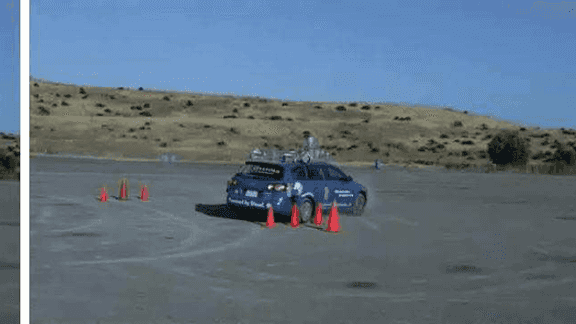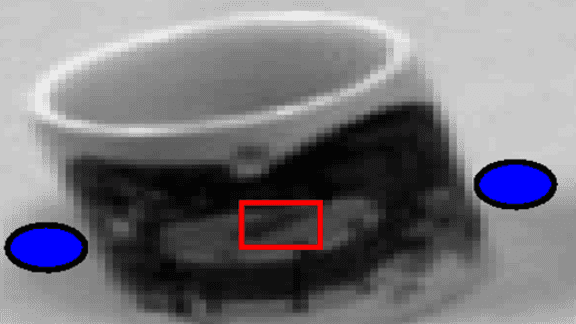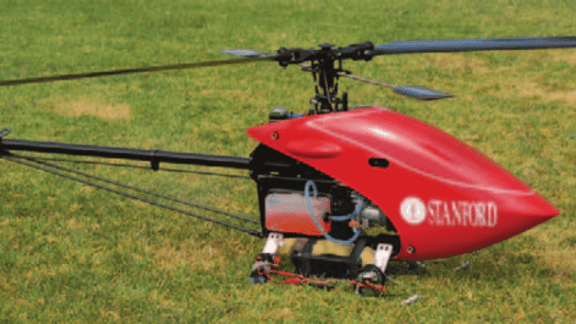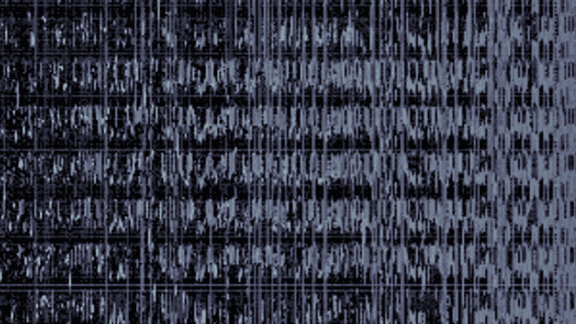
Low-cost Accelerometers for Robotic Manipulator Perception
We present a series of experiments which explore the use of consumer-grade accelerometers as joint position sensors for robotic manipulators. We show that 6- and 7-dof joint angle estimation is possible by using one 3-d accelerometer for each pair of joints. We demonstrate two calibration approaches and experimental results using accelerometer-based control in both position-control […]









